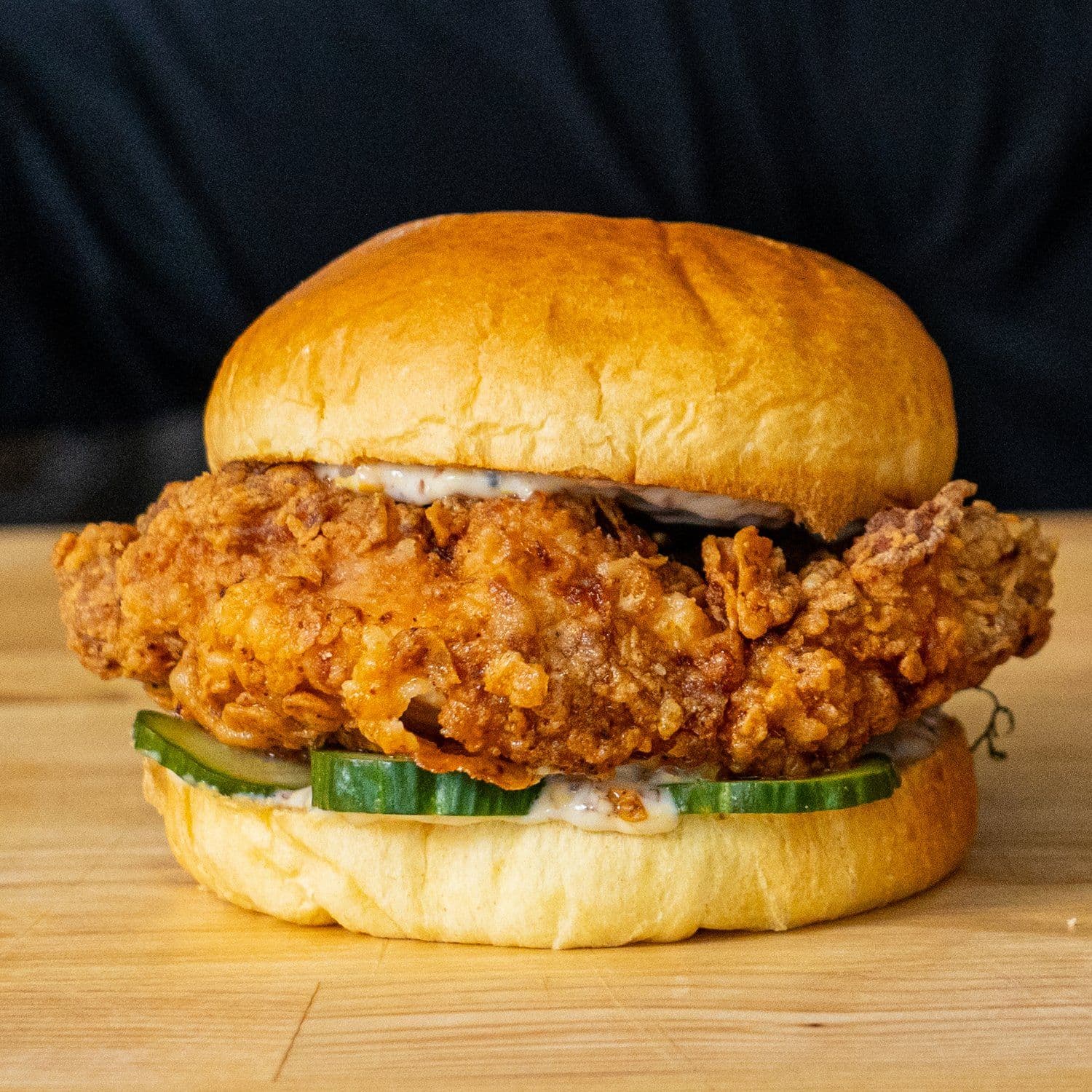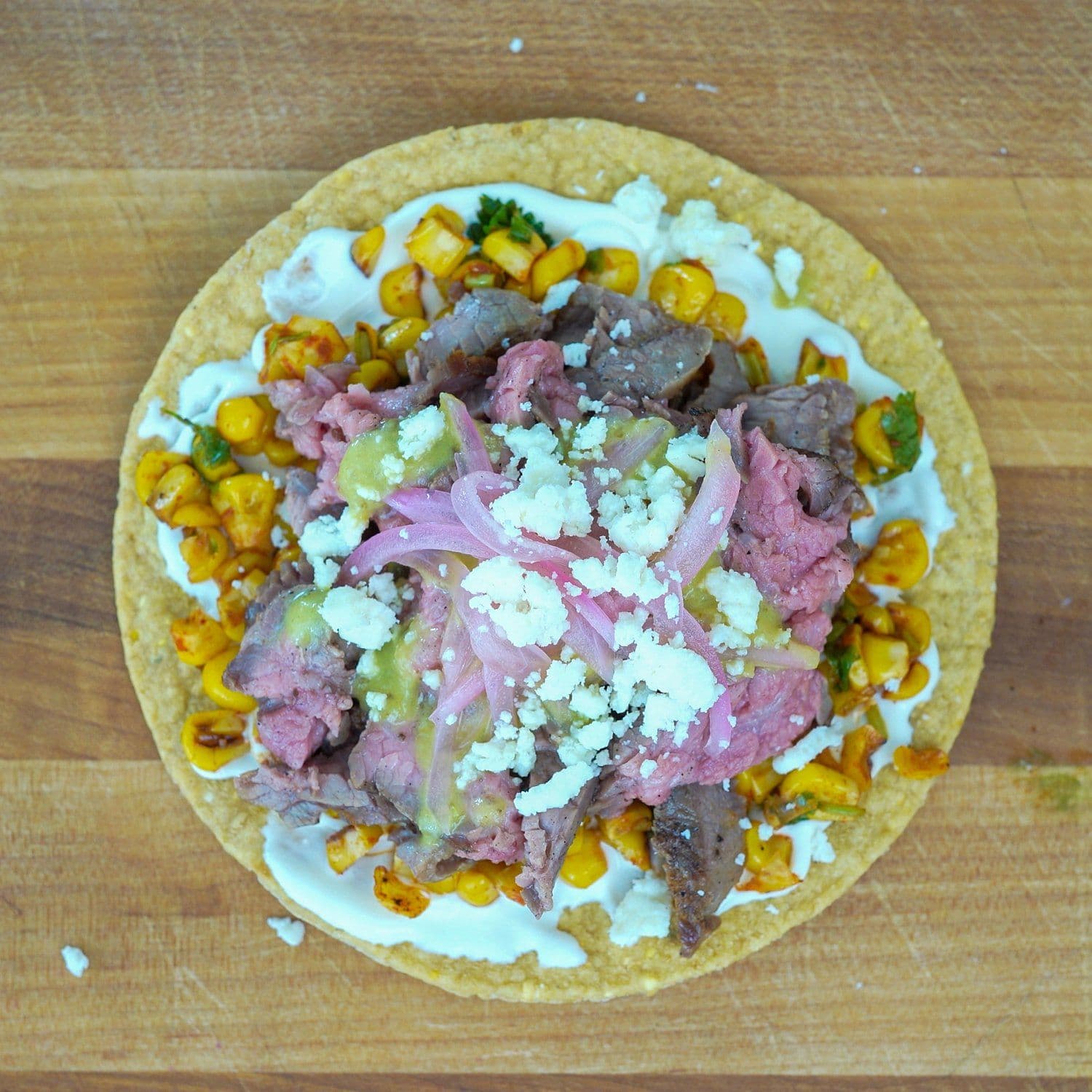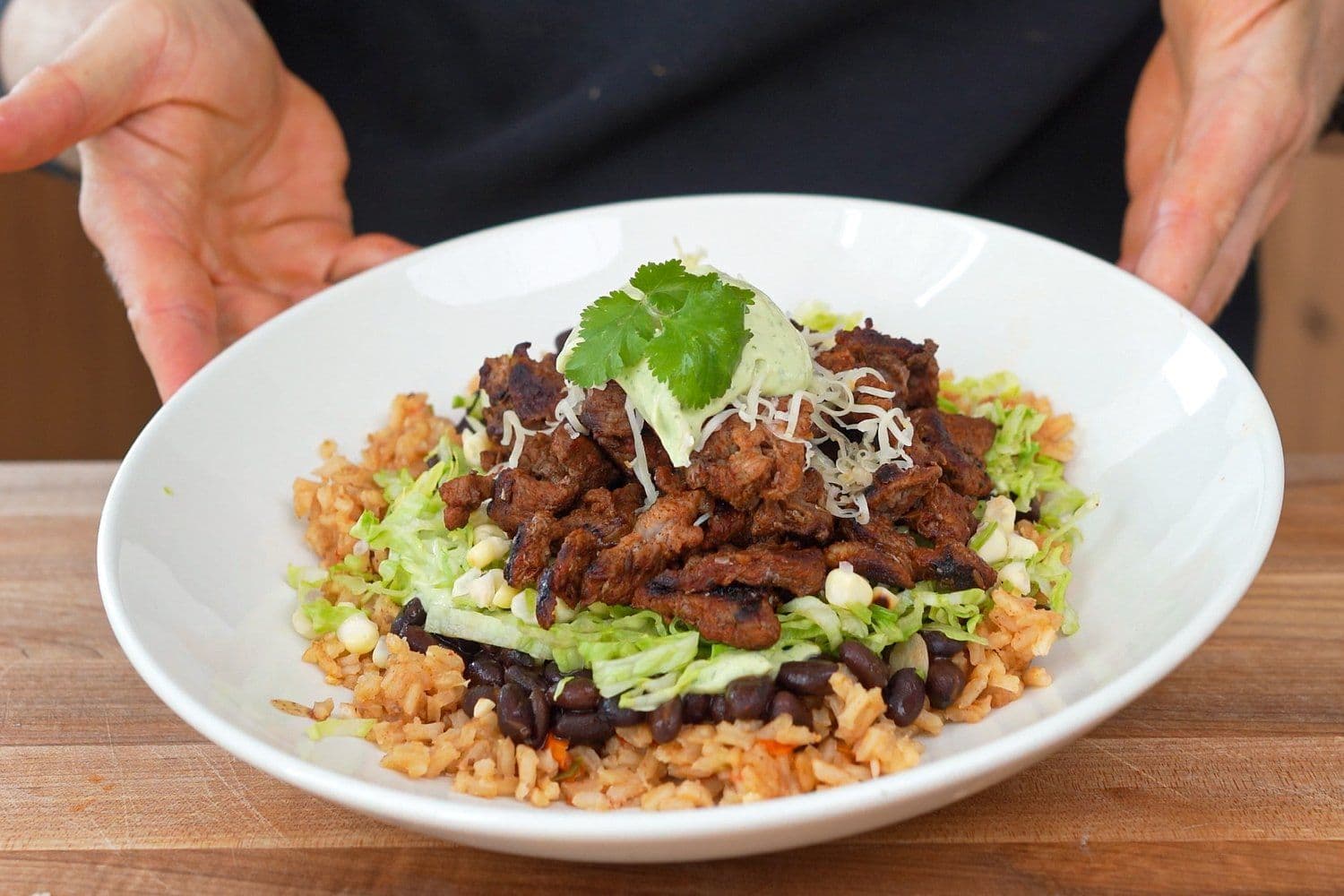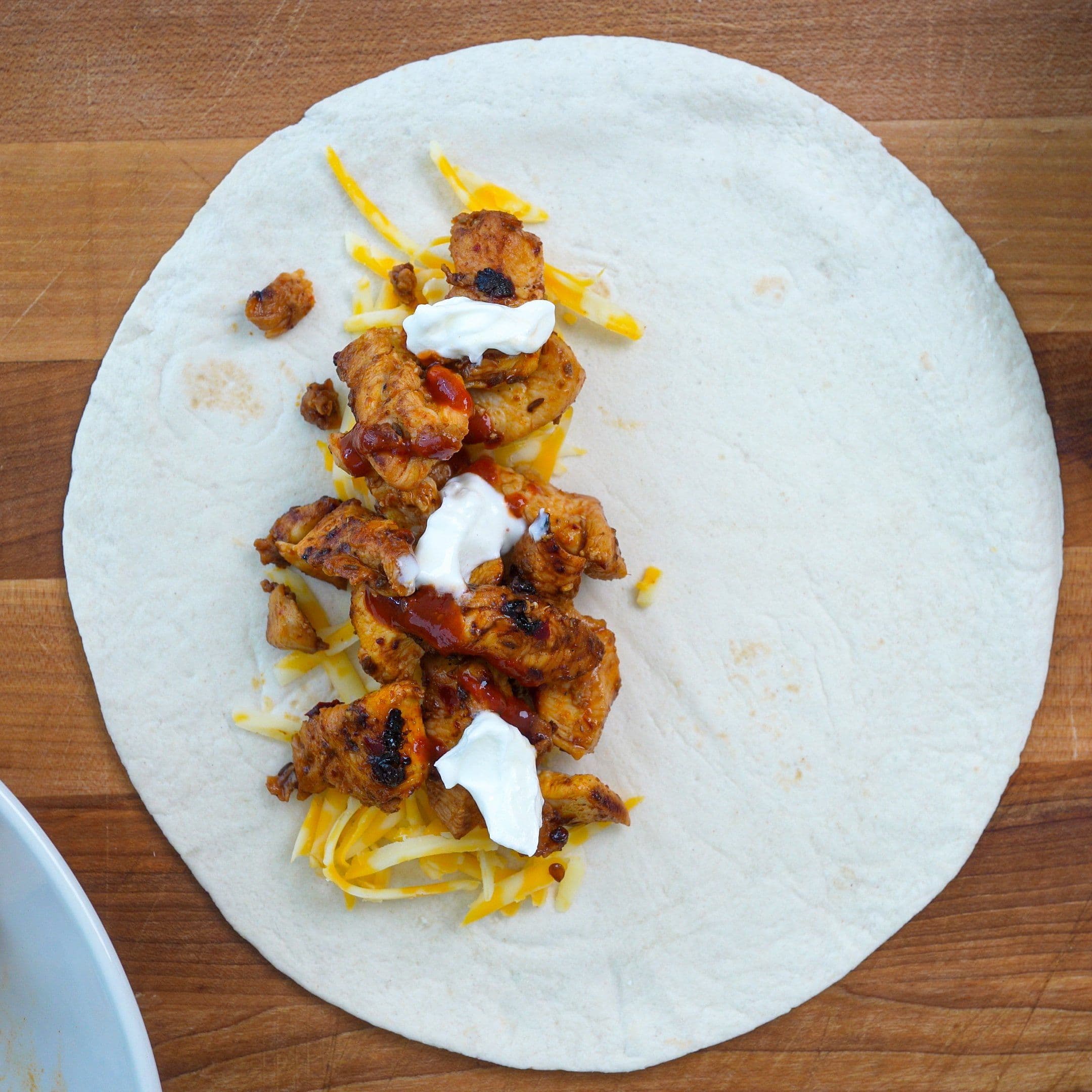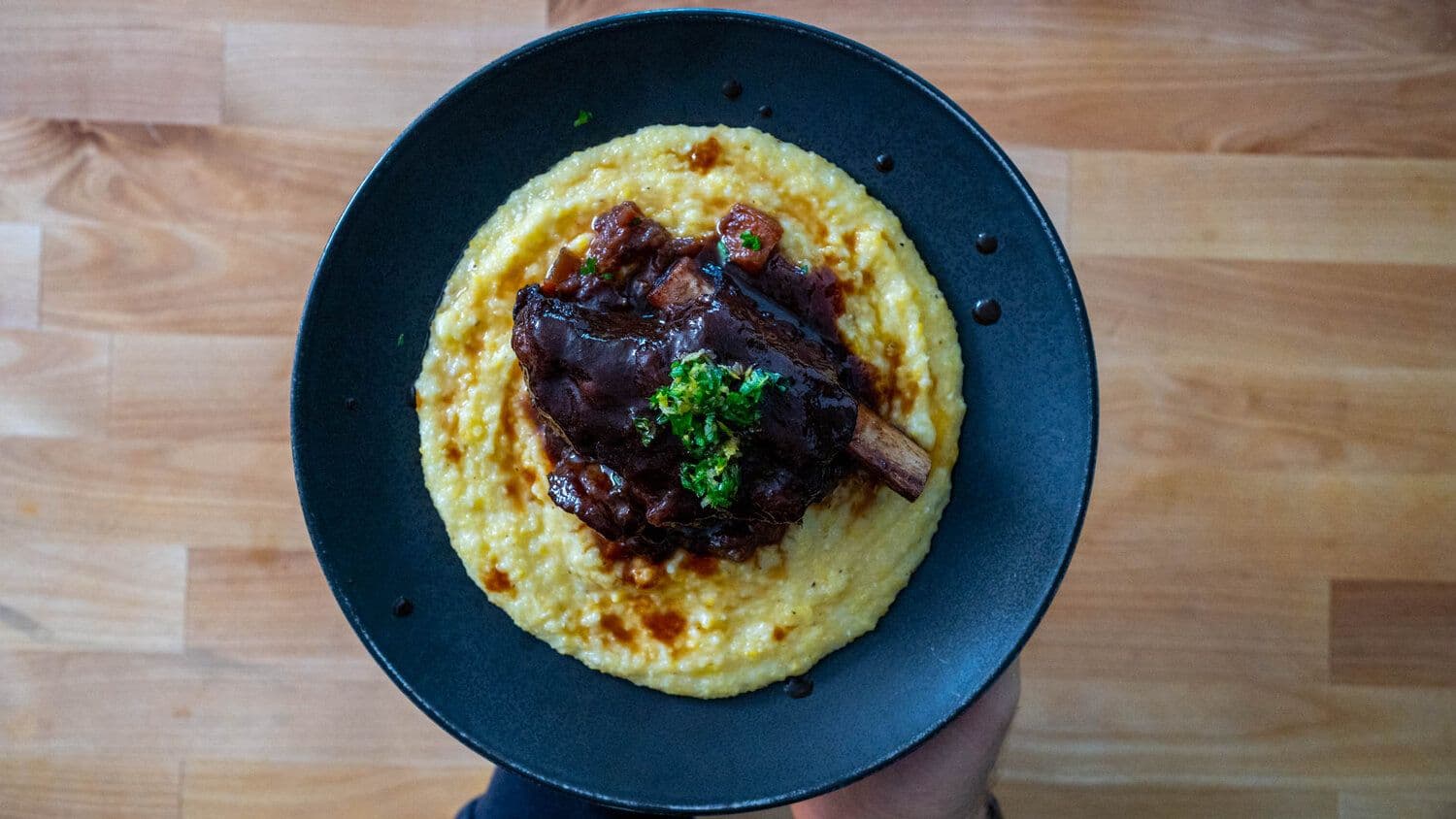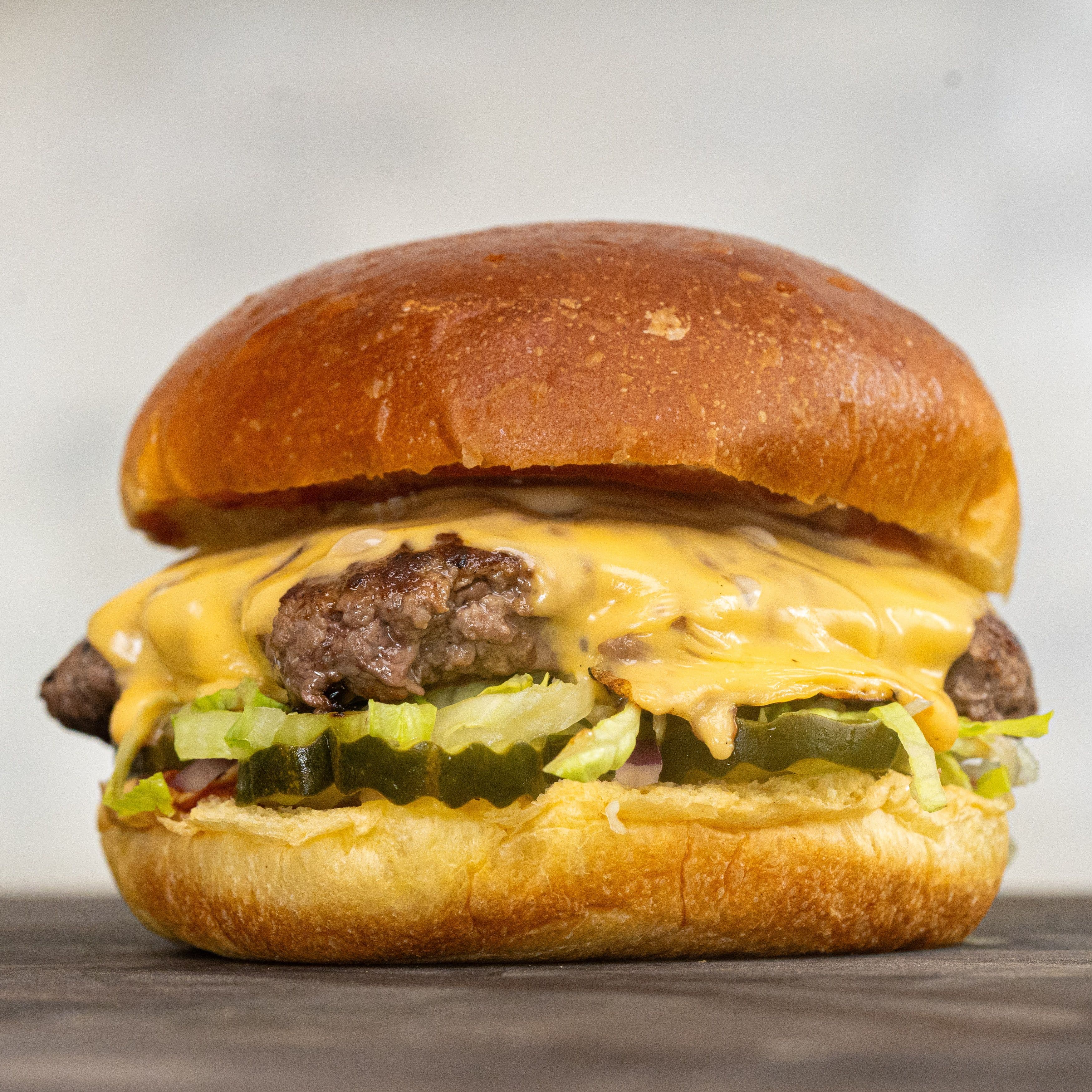Browning that occurs rapidly at high heat and develops complex flavors.

What are the fundamentals of the Maillard Reaction?
The Maillard Reaction is a complex chemical process that occurs when amino acids (building blocks of proteins) and sugars react under heat, leading to the browning and development of flavors in various foods.
- Because the Maillard Reaction happens rapidly at temperatures north of 350°F/176°C, it occurs most often in hot and fast cooking techniques, like or , where moisture can quickly .
- based techniques like or can’t brown foods because their lower temperatures environments prevent the Maillard Reaction from occurring.
Note: The Maillard Reaction is distinct from , which can occur without proteins. Often, both of these processes happen simultaneously (such as in baked goods, where sugars but also gluten proteins are present).
➡️ Catalyst: High heat
🛠️ Relevant techniques:
🔬 Relevant molecules:
Example foods
- Crusty dark sourdough loaf
- Pan seared steak
- Toasted nuts
How does the Maillard Reaction affect the elements of flavor?
In order of importance:
— The Maillard Reaction creates hundreds of new aroma compounds, leading to complex smells and thus increased flavor.
— While the Maillard Reaction mostly creates new aromas, it can change amino acid compositions in a way that also creates new tastes, such as a concentration of umami.
— Because the Maillard Reaction usually happens at temperatures that evaporate water and dehydrate the surface of foods, it often results in a crispy texture.
— There is a reason the phrase “golden brown & delicious” exists. We’ve come to associate the browned color of the Maillard Reaction with especially tasty foods.
— Because you can easily control the Maillard Reaction with temperature and time, you can dial in the color of a dish to your desired browning levels. Usually, a deep golden brown color is appetizing. But in some cases, you might want to avoid the Maillard Reaction for aesthetic reasons. In a bechamel sauce, you want to stop cooking the roux before any browning happens to preserve the white creaminess of the sauce.
— The smell or taste of a well-browned piece of food may cause you to salivate.
The Maillard Reaction in Action

The Mouthful
Become a smarter home cook every Sunday
Join 60,000+ home cooks and get our newsletter, where we share:
- Recipe frameworks & cooking protocols
- Food trends explained
- Meal recommendations
- Q&A from expert home cooks
We hate spam too. Unsubscribe anytime.

